Practicing Empathy in the Workplace
By Kimberly Kafafian
On March 12, 2020, I had what would become my last in-person client meeting for the next 457 days. My children were home, right outside my office door, for 542 days. Who could have predicted that 18 months ago, life as we knew it would change so radically. They call this the new normal but that doesn’t make it any more palatable.
In fact, business leaders and their employees are still facing challenges related to where we work and how we work. And both are juggling not only fear of the pandemic itself, but they continually struggle with childcare and working in makeshift home offices. For those for whom working remotely is not an option, the anxiety of catching the virus is palpable. The rollercoaster ride we’ve all been on has surely taken a significant toll on mental health. Because how we are coping naturally bleeds from personal life into work life, managers need to acknowledge the current hardships facing their workforce and build them into a strategy to effectively lead in a crisis and beyond.
Proactive leaders have shown a genuine interest in how the workforce is doing physically and emotionally since the eruption of COVID-19, making changes in the workplace, offering more flexibility, and providing perks for working parents, just to name a few. While empathy may have been seen by most as just an admirable leadership quality pre-COVID, this soft skill is now a strategic imperative that companies cannot ignore.
Pre-pandemic research has shown the direct impact empathy has on productivity, loyalty and engagement. A new survey from Catalyst in the wake of COVID underscores and expands that connection. In short, it found that empathy is a must-have in today’s workplace as it’s an important driver of innovation, engagement and inclusion.
- 61% of people with highly empathic senior leaders reported often or always being innovative at work compared to only 13% of people with less empathic senior leaders.
- 76% of people with highly empathic senior leaders report often or always being engaged, compared to only 32% of people with less empathic senior leaders.
- 50% of people with highly empathic senior leaders report often or always experiencing inclusion at work, compared to only 17% of people with less empathic senior leadership.
Leaders must be careful not to confuse empathy with sympathy
The term empathy is often incorrectly interchanged with sympathy, but the two terms are very different, and confusing them can negatively impact how one leads. Empathy is the skill of connecting with others to identify and understand their thoughts, emotions and perspectives – and demonstrating that understanding. In other words, being empathetic means you are stepping into the shoes of another person and using the information you have gained from doing so to help guide your future actions. Sympathy, however, relates to feelings of pity and/or sorrow for one’s circumstances. Showing sympathy rather than being empathetic can lead to feelings of disconnect, the exact opposite of what was intended.
Establishing an environment of empathy
While C-suite and other senior leaders can set the tone from the top down by setting culture, policies and strategy, management’s embracing of an empathetic leadership style is key. This level of leadership is in the best place of hierarchy to recognize and acknowledge employee needs. COVID has blurred the lines between life and work, and direct leaders are better positioned to recognize this integration and support their teams moving forward.
Actionable items to put the concept of empathy into practice in your workplace
As HR professionals, we are often asked by leadership how to boost productivity and retention. Our answer: embrace empathy. Below is a list of action items we recommend to our clients to help enhance their empathy skills:
- Have open and honest conversations about work life AND personal life.
- Demonstrate genuine concern by asking employees questions about their lives, what’s important to them and the challenges they are facing – and actively listen to the responses.
- Start meetings with personal check-ins asking if everything is OK.
- Inquire how the employee and their family are faring during these challenging times.
- Acknowledge work contributions and the great job being done.
- Express signs of gratitude.
- Offer flexibility in terms of schedule and workplace.
Empathetic leadership enables businesses to authentically respond, something that truly resonates with the workforce. This is no simple task. Cultivating a compassionate workplace requires real effort, but doing so can enhance employees’ ability to innovate, engage and flourish, which in turn benefits the organization overall.
TLDR? In short, empathetic leadership looks something like this:
I DO care about YOU and the things you care about.
I DO care that you deliver quality work and perform at your best.
I DO NOT care when, where or how you get your work done.
 En Español
En Español








